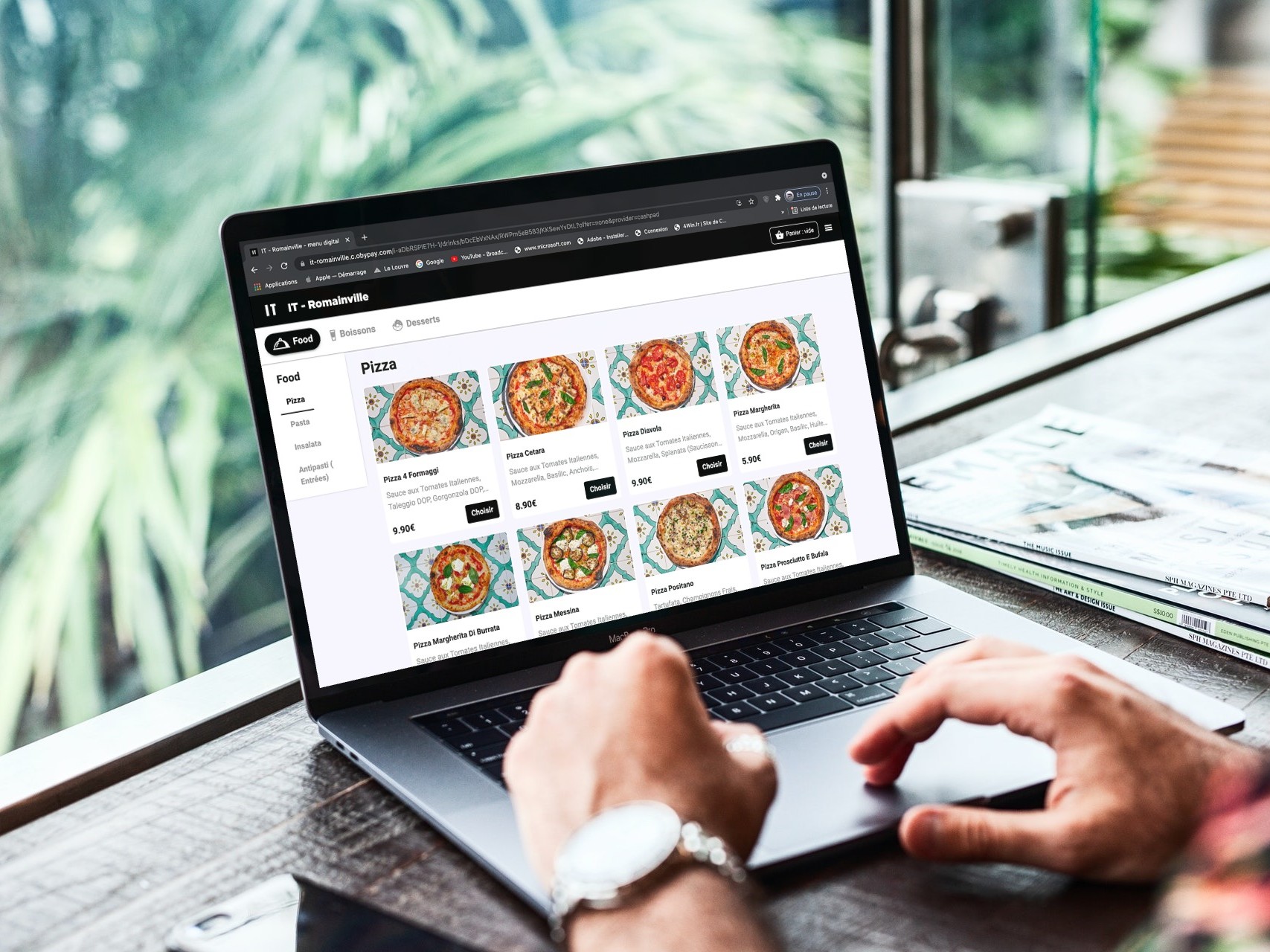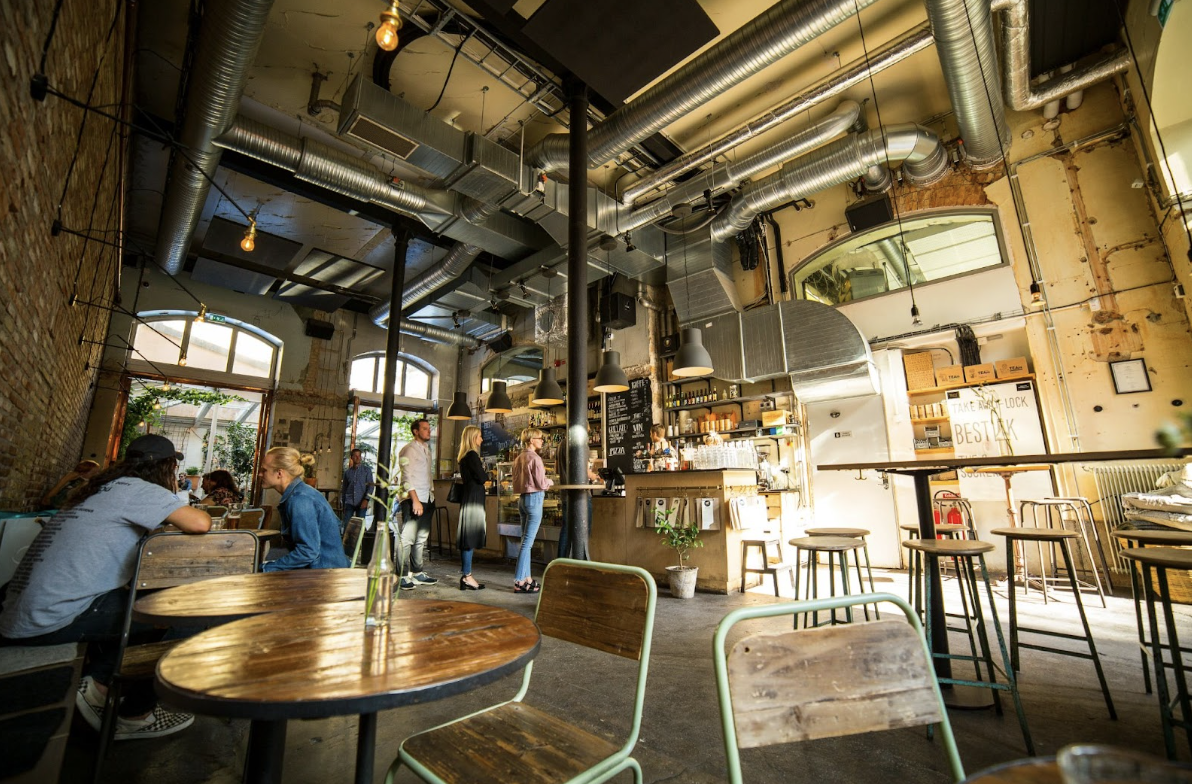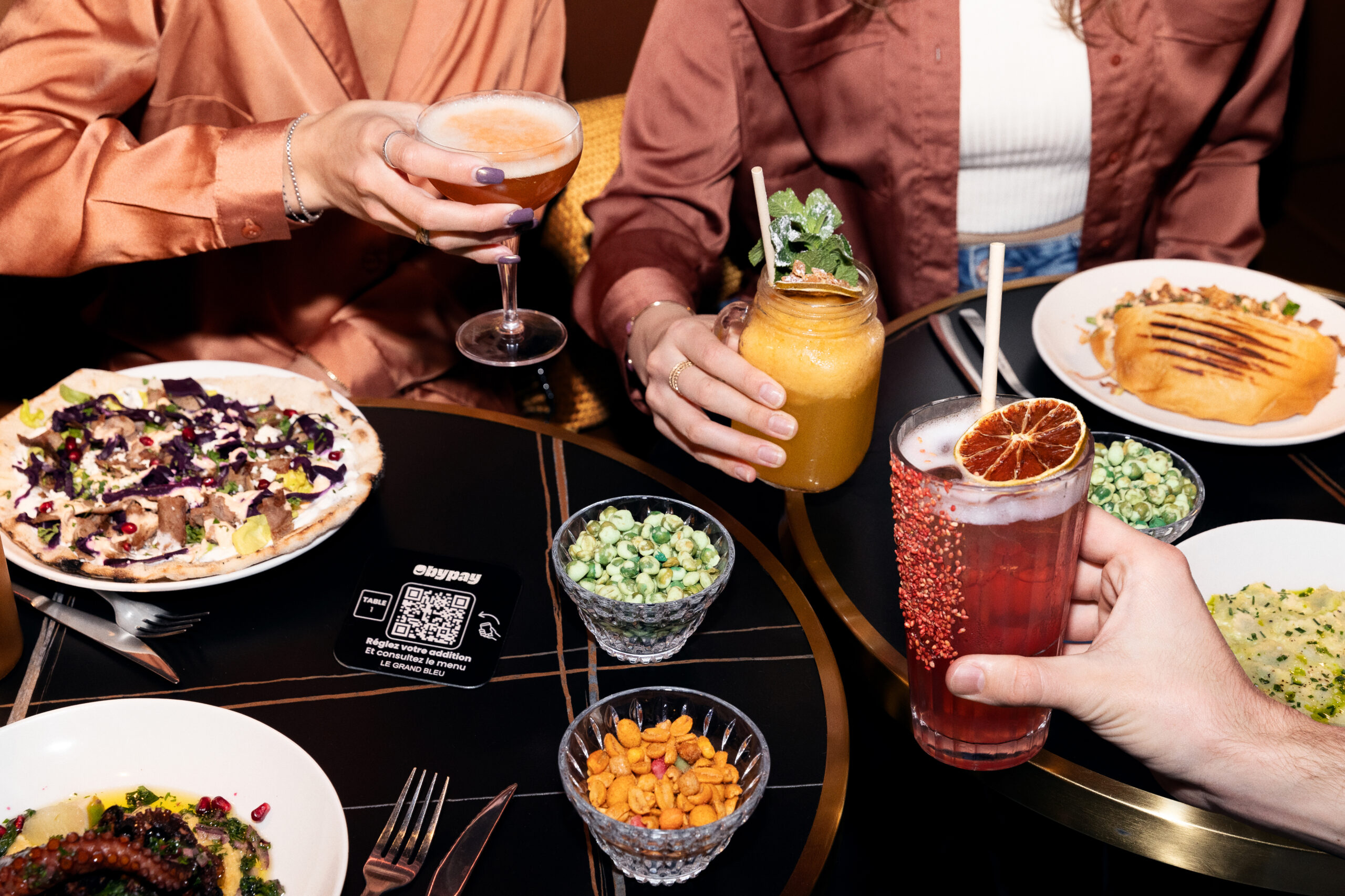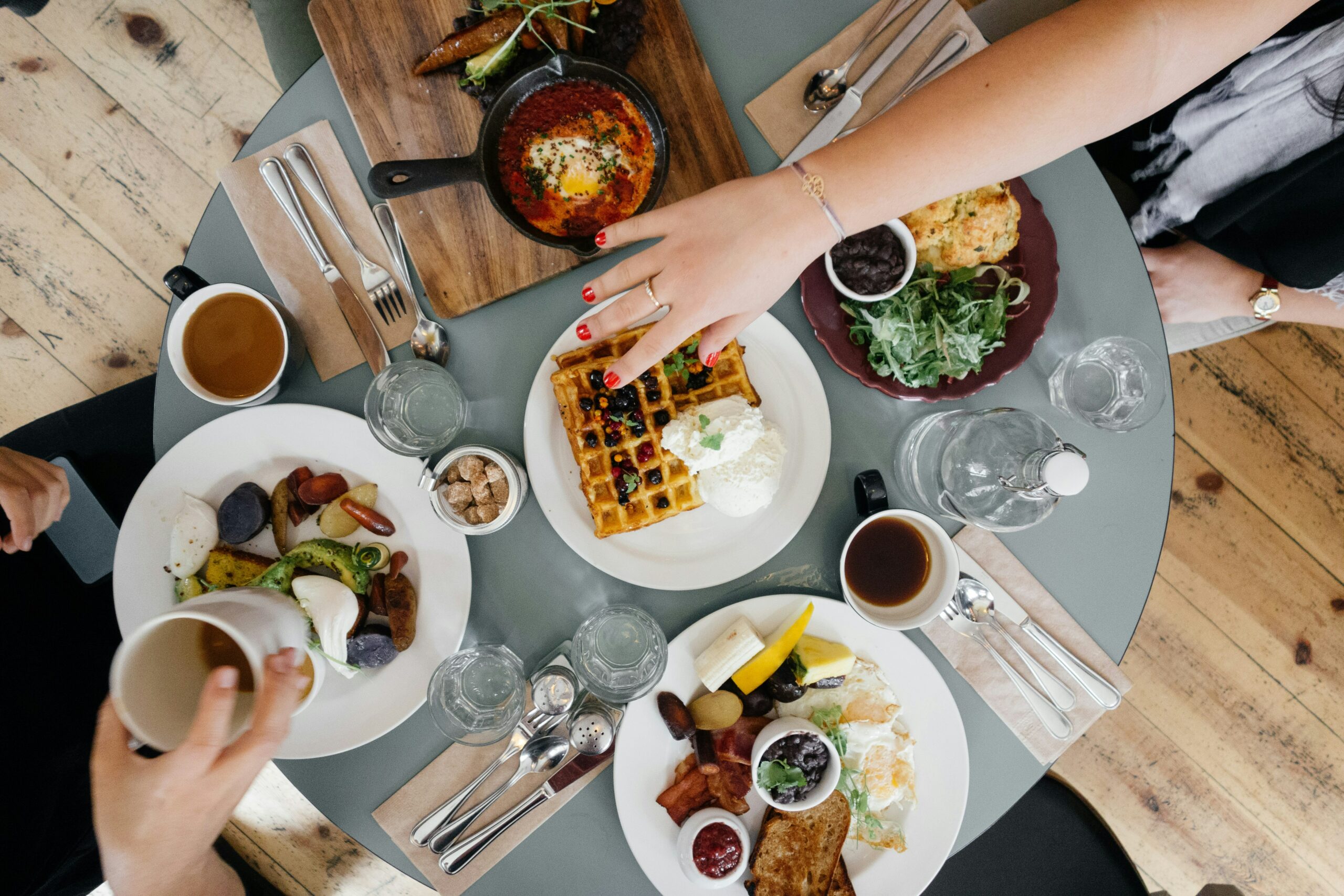How can you reduce waiting times and improve the customer experience?
February 14, 2025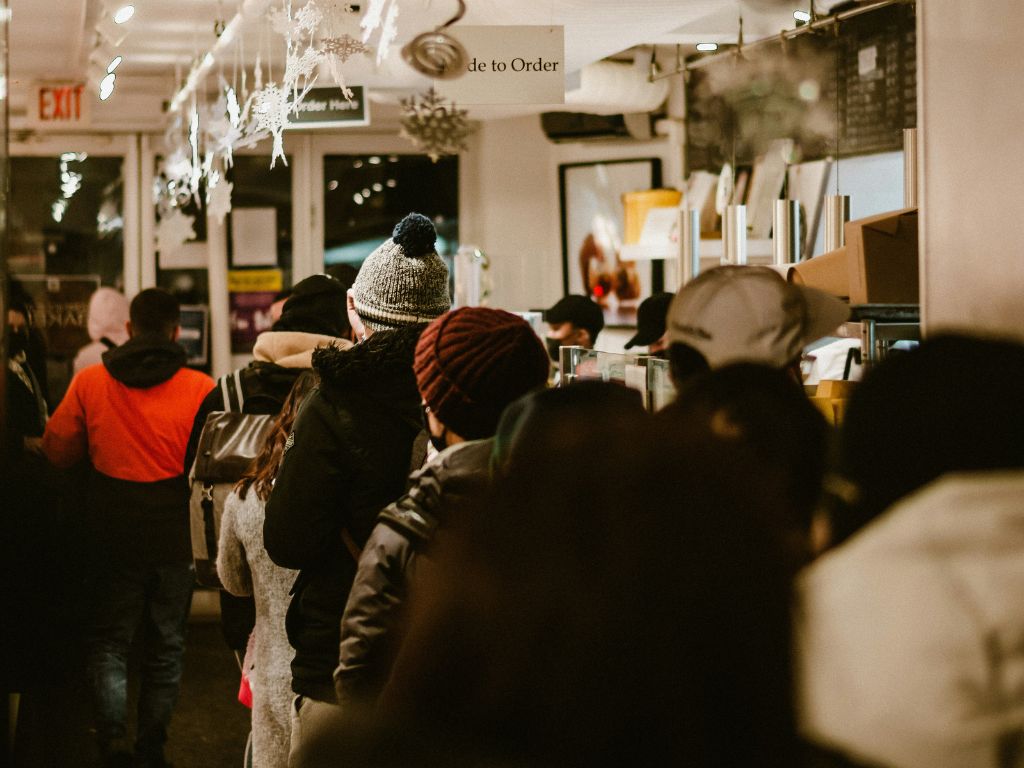
Midday. The room is full, waiters are running around and customers are getting impatient. A group waits for their order to be taken, a table raises its hand to ask for the bill, a couple nervously looks at their watch. Everyone is waiting for something. Too long.
Waiting in restaurants is the number one frustration factor for customers. Too much time at the entrance, before ordering, between courses or when paying, and the experience falls apart.
A bored or irritated customer is a customer who won't come back. And in a sector where satisfaction has a direct impact on fill rates and profitabilityit's not an option.
Good news: there are practical solutions for streamlining service and reducing waiting times without sacrificing quality. Slot booking, digital order taking, instant payment, automatic notifications... these are just some of the tools you can use to speed up your business. without seeming to rush customers.
How can you optimize each stage of the customer journey to avoid downtime? What technologies can help you reduce waiting times and improve the customer experience? We tell you all about it.
Waiting times in restaurants: why is this a problem?
Long waits drive away customers
No one likes to wait without knowing how long it's going to last. A customer who waits too long to be seated, to have his order taken or to be served, starts to get impatient. He looks at his phone, sighs, looks for a waiter with his eyes... and ends up associating his experience with frustration.
As a direct consequence, he's not coming back. Or worse, he leaves a negative online review, which influences other potential customers. Reviews of waiting times are among the most frequent on Google and TripAdvisor.
A customer leaving your company means an immediate loss of sales. But it's also a long-term loss of earnings: less positive word-of-mouth, fewer regular customers, and an impact on the restaurant's reputation.
Less table turnover, less sales
A late payment, a bill that's late in arriving, an order that takes too long to be taken... all these things slow down table rotation and limit the number of covers served on a shift.
In a restaurant where the average bill is €25, saving even 10 minutes per table can mean serving several extra covers over the course of an evening. Multiply that by the number of tables and services: the impact on sales is immediate.
Reduce waiting time even before arrival: slot reservation
The wait often starts before the customer is even installed. A crowded room, a queue at the entrance, overworked staff... All this creates a bad first impression and makes you want to turn back. By reserving a slot, you can avoid these situations by organizing the flow from the outset.
Anticipate flows and avoid traffic jams in the room
When everyone arrives at the same time, it's chaos. The reception desk is saturated, the waiters are overworked, the kitchen is under pressure... and the customers are impatient.
The result: a bad experience and a service that suffers rather than controls its pace.
With a slot reservation system, you can avoid these peaks. Customers choose their own arrival time, and your room stays under control.
Better staff organization for smoother service
More predictable arrivals also mean a better-prepared team. With a reservation system, you know how many covers you're going to serve in each time slot, and can adapt staffing levels accordingly.
➜ In the kitchen, the team can better anticipate orders and avoid sudden shots.
➜ Indoor, servers aren't overwhelmed by a wave of customers arriving all at once.
➜ On collection, the workload is better distributed, reducing bottlenecks at payment time.
Niche booking isn't just a convenience for customers. It's a lever for optimizing the entire restaurant organization.
Digitizing order taking to speed up service
Fast service starts as soon as the order is placed. If your customers have to wait for a waiter to be available, for a queue to clear or for a table to become free before ordering, you're wasting time. Digitizing this key moment makes for a smoother experience and faster service, with no extra pressure on your teams.
Virtual waiting room: giving customers control
There's nothing worse than a queue that doesn't move forward, where everyone wonders how long they'll have to wait.
With a virtual waiting roomthe customer registers his arrival via a terminal or a QR Code and receives an estimated waiting time. Ihe can track his progress on his phone and be alerted as soon as a table becomes available.
➜ Less waiting : the customer can wait elsewhere without having to watch the entrance.
➜ Less stress for teams : No more customers asking every five minutes where their turn is.
➜ Better organization: flows are better distributed, and the restaurant retains control over table management.
And by combining digital queuing and advance order-taking, you eliminate friction points as soon as customers arrive.
QR Code order entry: time-saving for everyone
An unavailable waiter, a crowded room, a late order... This is how a simple wait can turn a good experience into frustration. The tabletop QR Code avoids this problem by empowering customers.
With a simple scan, they can :
➜ View menu without waiting for a waiter to bring them the menu.
➜ Ordering without wasting time.
➜ Add dishes or drinks during a meal without having to call out to a waiter.
For the restaurant, it's a real lever for optimization:
➜ Fewer round trips for staff, who can focus on service and the customer experience.
➜ Fewer order errors, as everything is entered directly by the customer.
➜ Smoother service, even during busy periods.
Dining room or terrace, off-peak or rush hour, Digitizing the order-taking process ensures a better customer experience while optimizing the work of our teams.
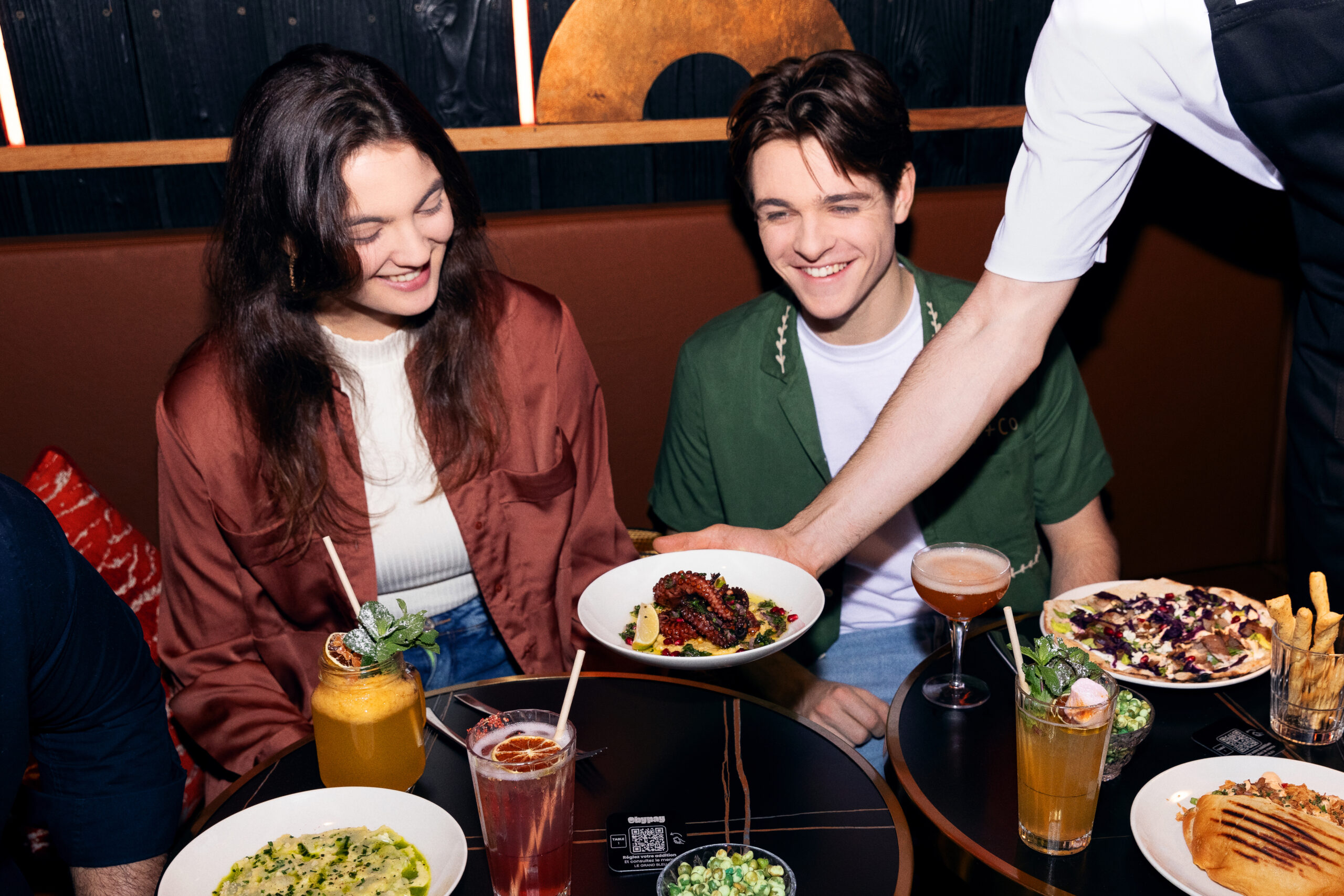
Reduce waiting time at checkout
Payment is often a customer's last impression of a meal. If he has to wait too long to get the bill, pay or get his change, it can spoil the experience. Optimizing this moment not only avoids customer frustration, but also speeds up table turnover and improves restaurant profitability.
Payment at the table: no more lingering bills
Who hasn't waited (too) long for a waiter to bring the bill, then come back with the card machine, then come back for the bill...? Meanwhile, the table remains occupied, the customer gets impatient and service slows down.
With payment at the tableno more waiting. A QR code allows customers to pay as soon as they've finished, in just a few seconds. No need to restart a waiter, no queuing at the cash desk.
It's a convenience for the customer, but also a huge time-saver for the restaurant. Staff are less busy handling payments and can concentrate on service.
More speed = more tables available
Every minute spent waiting for the bill is a minute that a table remains occupied without generating any sales. Over a full service, these minutes accumulate and limit the total number of place settings.
Speeding up payment means freeing up tables faster and maximizing restaurant occupancy. A customer who can pay quickly means a table available sooner for the next customer.
Automatic notifications: keeping customers informed
Waiting is always more bearable when you know where you stand. A customer waiting without information gets impatient, checks his phone, calls a waiter... and ends up finding the time long.
Reassure customers by giving them visibility
A customer who knows how long he has to wait is a more relaxed customer. By displaying an estimated time or sending a notification as soon as his order is ready, so he doesn't have to keep asking "will it be ready soon?
➜ Less perceived waiting, because the customer has clear information.
➜ Fewer unnecessary demands on staff, who can concentrate on service.
➜ A smoother, more enjoyable experience.
It's a detail that changes everything: a customer who doesn't have to wait is a customer who leaves with a better impression.
A tool as useful in theatres as in Click & Collect
Notifications aren't just used to manage waiting times. They are also indispensable for the Click & Collect.
A customer who orders online and arrives too early creates crowds and unnecessary stress. Conversely, a customer who doesn't know that his order is ready may be late in picking it up, which has an impact on the quality of the dishes.
With an automatic notification system, keep you informed in real time of the status of your orders:
➜ "Your table is ready" for those waiting for a seat.
➜ "Your order is being prepared" to reassure the customer.
➜ "It's ready! You can come and collect your order" to avoid unnecessary waits.
Reduced waiting time = satisfied customers and a more profitable restaurant
Waiting is part of the restaurant experience. But when it's poorly managed, it becomes a drag: frustrated customers, slower service, impacted sales.
Want to optimize your restaurant and offer more efficient service? Contact our team to see how these solutions can be integrated into your restaurant.










